What to do to prevent eggplant leaves from drying and why they dry up and crack
The process of growing eggplant is simple and does not require special measures. However, there is a common problem - drying out of the leaves on the bushes. This is mainly due to improper care and conditions of eggplant keeping.
Why eggplants dry in the open field, how to deal with their drying and what preventive measures exist, we will tell in this article.
The content of the article
Why do eggplants dry
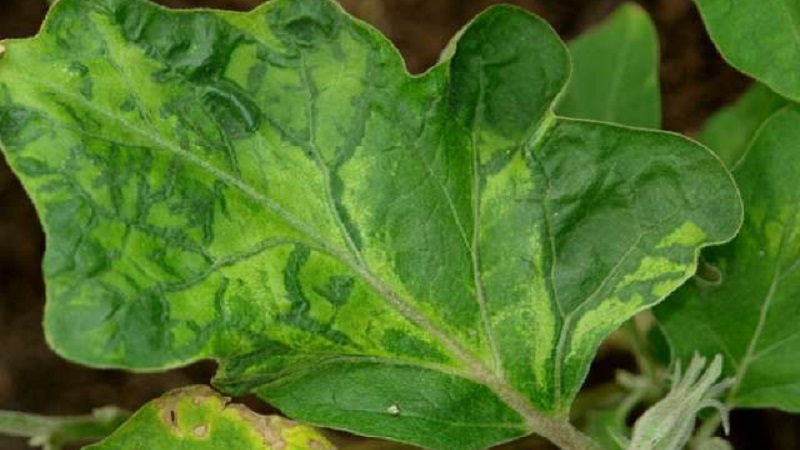
One of the reasons is damage to the roots during transplanting. In this regard, eggplant does not take root well in a new place and gradually dries out.
Important! Incorrect hardening of seedlings or the complete absence of this procedure leads to hypothermia of the root system, as a result, there is no absorption of nutrients and the plant dries.
The accumulation of salts in the topsoil also causes the eggplant leaves to curl and dry out.
Another reason is the violation of watering and temperature conditions. Often, lack of heat or moisture leads to dehydration, and excess leads to decay of the root system.
The same situation with lighting: a long daylight hours leads to dry leaves and burns. And with a lack of light, eggplants do not produce the necessary minerals, as a result of which the leaves crack.
Pests and diseases are also capable of having a detrimental effect on the plant, which entails wilting of the green mass.
Improper plant care
Eggplants require nutrients to grow quickly and bear fruit abundantly. With a shortage of important trace elements, they lose their color and begin to dry quickly. The reason for yellowing it's easy to understand: if there is no infection and pests on the leaves, then the problem is in improper care. This is especially true for plants growing in a greenhouse or greenhouse.
Violation of crop rotation and basic landing rules leads to poor plant development.
Too much fertilized soil can cause verticillitis. Lesions from this fungal disease are similar to burns. The leaf veins turn yellow, curl and dry out. Then the disease spreads to the vegetative parts of the eggplant.
Insufficient soil moisture also causes yellowing and drying of leaves from lack of water.
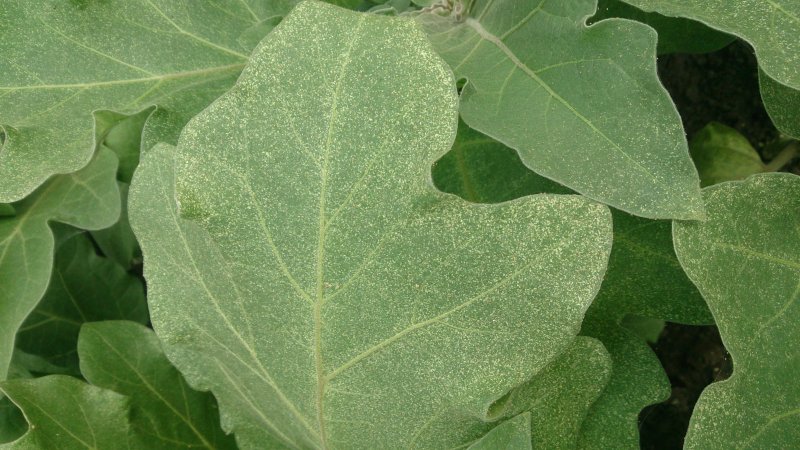
Diseases and pests
Eggplants often suffer from spider mites, which are caused by fever and dryness. To understand that the plant suffers from this particular parasite, carefully examine the leaves from the back. In the early stages of infection, the tick is not always visible, but with a mass infection, it is easy to see black dots and a small cobweb located closer to the stem.
Quite often, yellowing and drying of leaves occurs from the effects of aphids and whiteflies. These parasites multiply rapidly in extremely dry and hot climates. The spider mite gathers under the leaves, and aphids can be found only with a large accumulation of eggplants during the growth period.
At high temperatures and high soil moisture, plants develop fusarium.
Also, plants often get sick from late blight. The disease begins with spots on the leaves and leads to the death of the plant.
How to deal with drying out eggplant
Drying of leaves in adult eggplant bushes often lasts until the end of the season. It will not be possible to harvest a good harvest from diseased plants, so it is important to prevent the spread of diseases and pests.Determining the source of the problem is easier to solve.
Watering and feeding rules
Watering the plants should be sufficient, but moderate. Too abundant moisture leads to rotting of the root system and the development of late blight. Plants are watered in the evening, when they are not exposed to direct sunlight. Water droplets on leaves and stems cause burns when exposed to the sun.
When transplanting plants to a new location, the first top dressing carried out after it has taken root. Subsequent feeding is done after 10, then after 20 and after 30 days.
For the nutrient mixture, a solution is prepared in 10 liters of water, adding 10 g of potassium permanganate, 2 g of copper sulfate, 3 g of boric acid and 2 g of zinc sulfate.
Important! To obtain a high-quality crop, top dressing is recommended during flowering and fruiting.
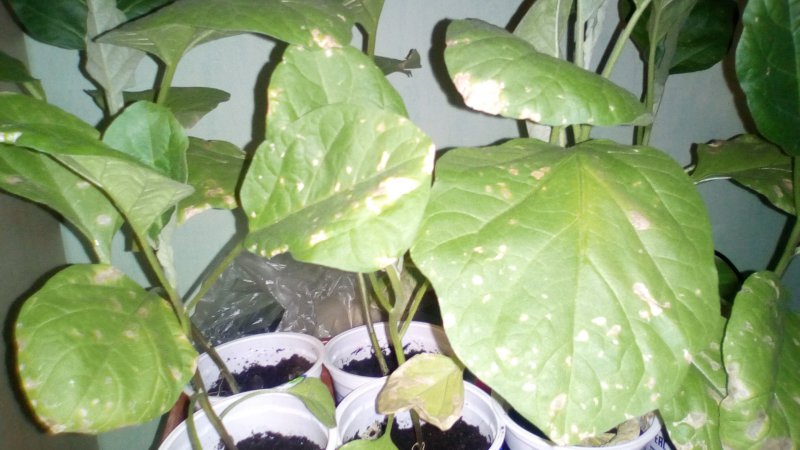
How to deal with diseases and pests
To get rid of diseases and prevent them from spreading, the beds are watered with the addition of the fungicidal preparations "Maxim" or "Fundazol". Biological agents "Fitosporin", "Trichoderma", "Previkur", "Gamair" and "Trichophyte" significantly heal the soil microflora.
When the leaves are damaged by late blight, plants are treated with "Zircon" or "Fitosporin".
Insecticides "Aktar" and "Fitoferm" help to get rid of whitefly. And in case of damage to the plant by aphids, eggplants are treated with "Keltan" or "Karbofos".
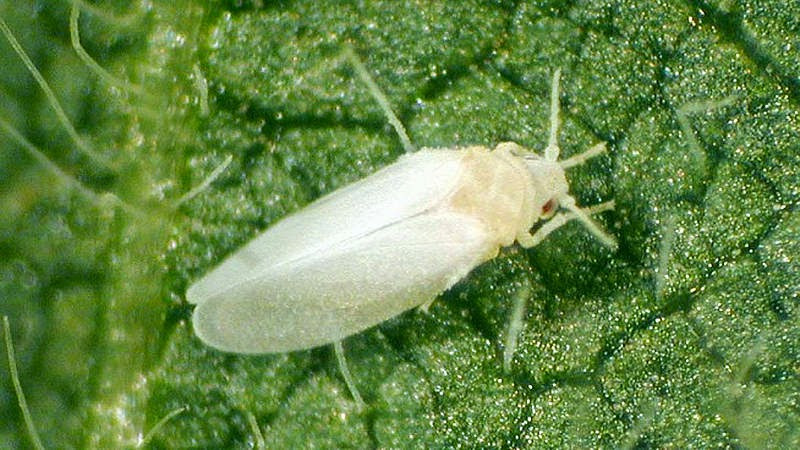
From the effects of spider mites, the leaves are usually sprayed with an infusion of garlic and onions with the addition of a small amount of soap.
Preventive measures
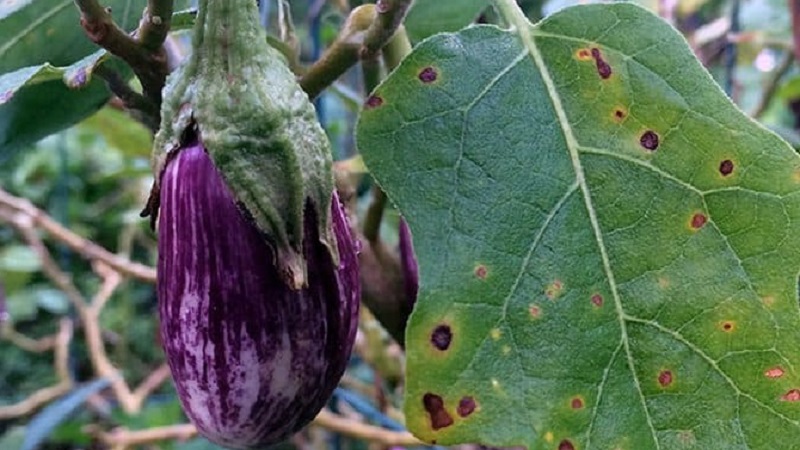
The best prevention of drying out of plants is compliance with the rules of crop rotation.
To prevent diseases of eggplant with fungi, the beds are thoroughly cleaned of plant residues. In greenhouses or hotbeds, the seedling soil is changed or disinfected.
Mulching the beds will help reduce the development of pathogenic fungi. At the same time, the surface of the earth will not overheat and dry out.
As a prophylaxis for spider mites, all weeds are removed and plants are disinfected.
In greenhouse conditions, do not forget about systematic ventilation of the room.
Important! Plants are not planted in beds where tomatoes or potatoes used to grow.
Conclusion
By taking preventive measures, it is easy to avoid yellowing and drying of the leaves. The main thing is to follow the basic recommendations for plant maintenance. Timely treatment with remedies for diseases and pests will help prevent dryness and cracking of the leaves.